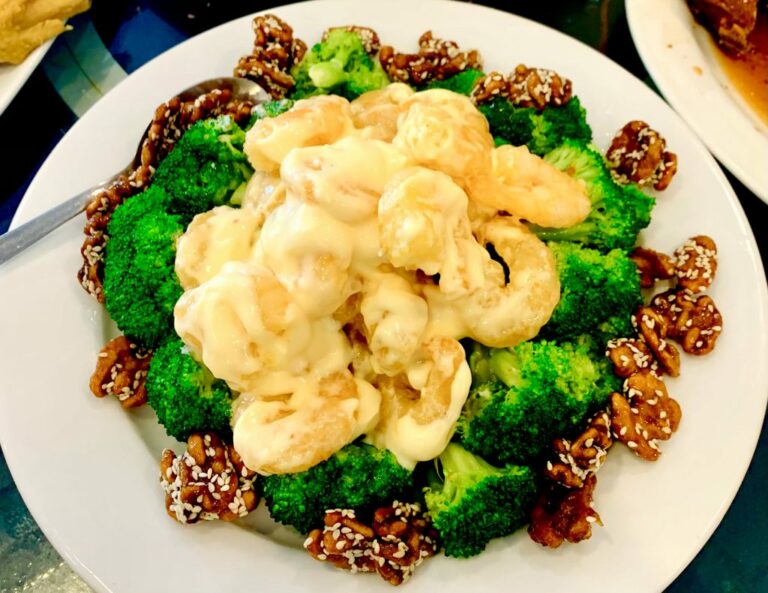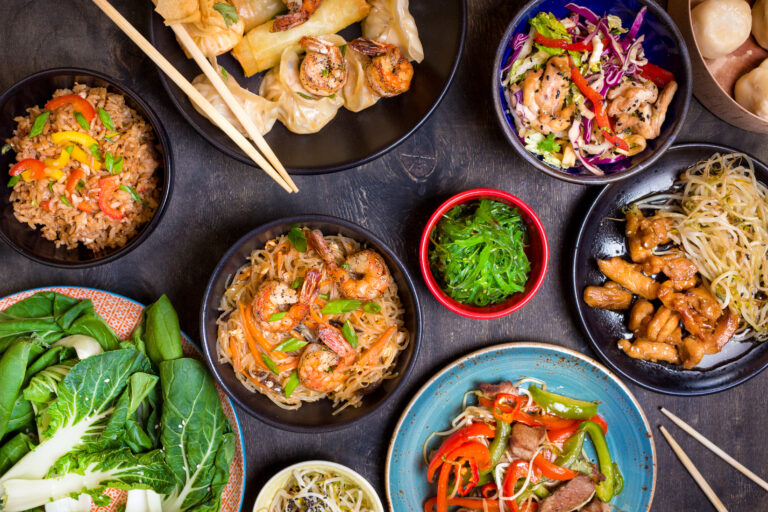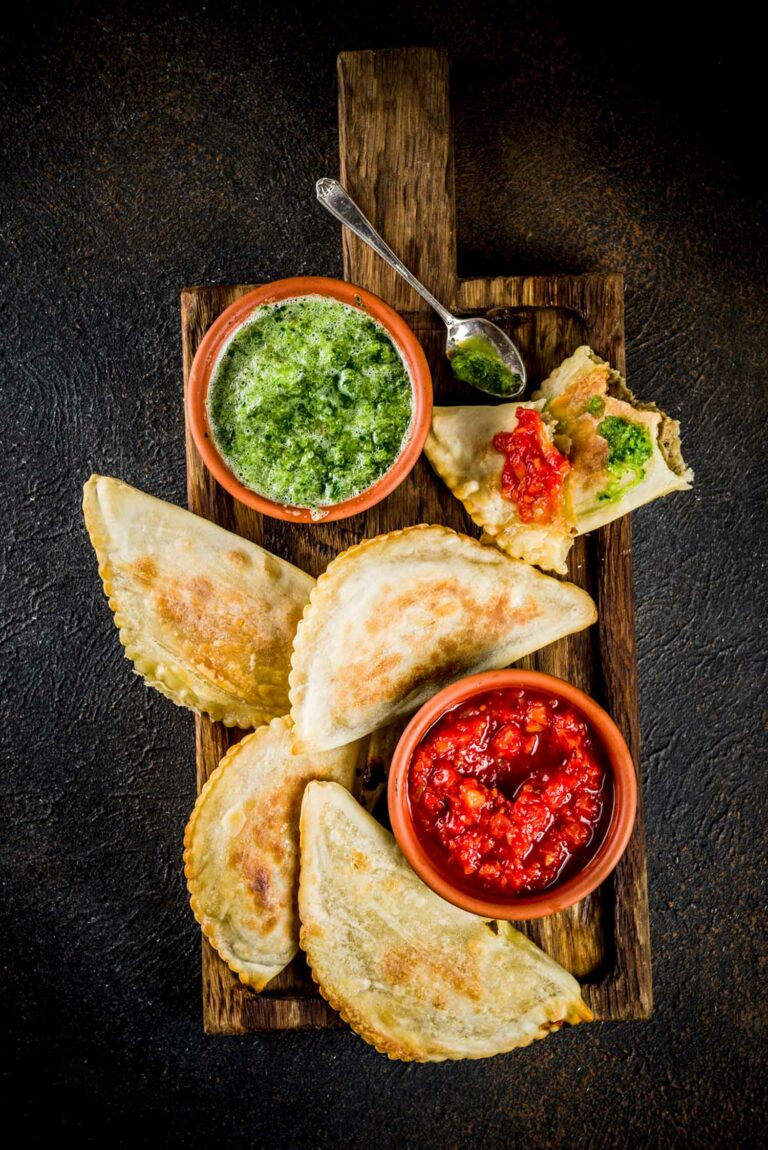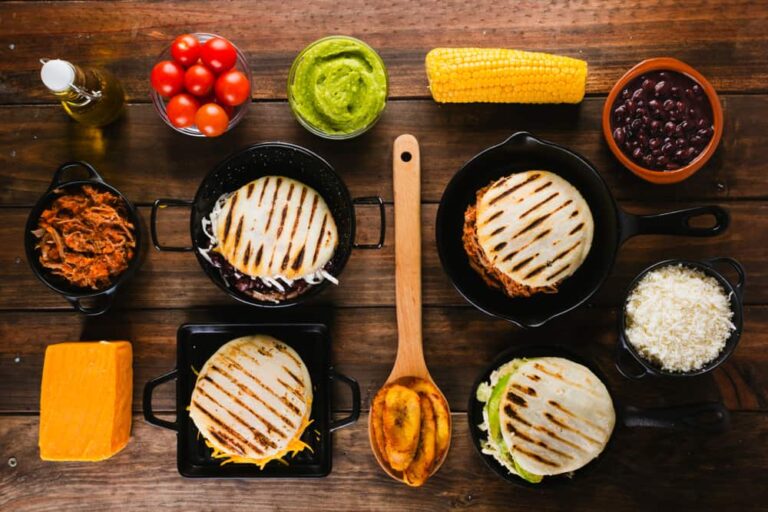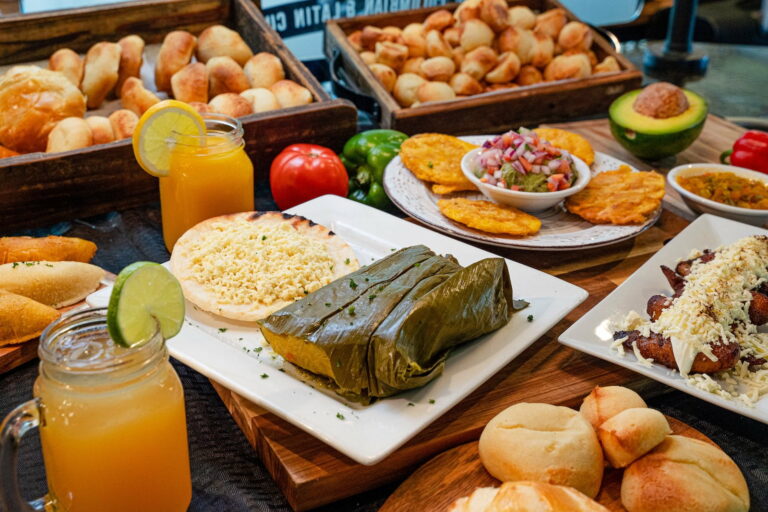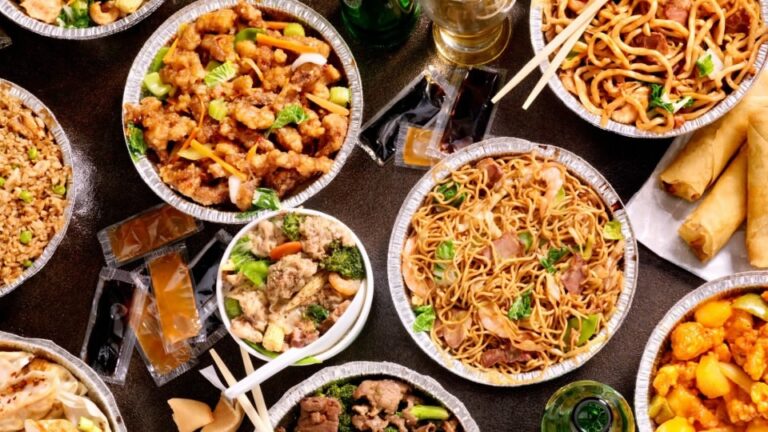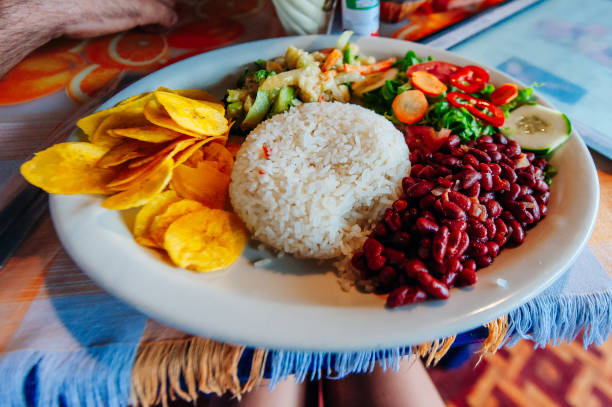Introduction: Chinese Desserts 101
Chinese cuisine is known for its rich flavors and unique tastes. However, when it comes to desserts, many people are still unfamiliar with what China has to offer. Chinese desserts are a blend of traditional ingredients, such as red bean paste and lotus seeds, with modern twists like shaved ice and egg tarts. In this article, we will explore some of the most popular Chinese desserts that you can try.
Sweet and Savory: A Unique Combination
One of the most distinctive things about Chinese desserts is that they often combine sweet and savory ingredients. For example, the classic Mooncake is a pastry filled with lotus seed paste, which is both sweet and savory. Another popular dessert is the Red Bean Soup, which is made with a mixture of red beans, sugar, and sometimes salt. The combination of sweet and savory flavors gives Chinese desserts a unique taste that sets them apart from other desserts around the world.
Mooncakes: The Classic Chinese Dessert
Mooncakes are a traditional Chinese pastry that is typically eaten during the Mid-Autumn Festival. The pastry is round, like the moon, and filled with lotus seed paste or other sweet fillings like red bean paste, sesame paste, or even fruit. The pastry is then baked and often decorated with intricate designs on the top. Mooncakes are a classic Chinese dessert that has been enjoyed for centuries.
Red Bean and Lotus Seed Desserts
Red bean and lotus seed desserts are some of the most popular Chinese desserts. Red bean paste is made by cooking red beans with sugar until they become a sweet and creamy paste. This paste is then used as a filling in pastries, cakes, and other desserts. Lotus seed paste is made in a similar way and has a nutty flavor that is often paired with sweet ingredients. Both red bean and lotus seed desserts are delicious and a must-try for anyone interested in Chinese desserts.
Sesame Balls: A Fun Chewy Treat
Sesame balls are a fun and chewy dessert that is popular in China. The balls are made from glutinous rice flour and filled with sweetened black sesame paste. The balls are then rolled in sesame seeds and fried until they are golden brown. Sesame balls have a unique texture that is chewy on the outside and creamy on the inside, making them a popular dessert in China and around the world.
Egg Tarts: A Portuguese-Chinese Fusion
Egg tarts are a popular dessert that originated in China but has Portuguese roots. The tarts are made with a flaky pastry shell and filled with a custard made from eggs, milk, and sugar. The tarts are often served warm and have a sweet and creamy flavor that is irresistible. Egg tarts are a fusion of Chinese and Portuguese cuisines, making them a unique and delicious dessert.
Shaved Ice: A Refreshing Summer Dessert
Shaved ice is a refreshing dessert that is perfect for hot summer days in China. The dessert consists of shaved ice that is topped with sweet syrup, fruit, and other toppings like condensed milk or red bean paste. Shaved ice is a popular dessert in China and other Asian countries, and it’s a great way to cool down during the summer months.
Conclusion: Discovering Chinese Desserts
Chinese desserts are a unique and delicious part of Chinese cuisine that everyone should try. From classic Mooncakes to modern shaved ice, there is a dessert for every taste preference. So next time you’re in the mood for something sweet, give one of these popular Chinese desserts a try and discover the rich flavors of Chinese cuisine.

